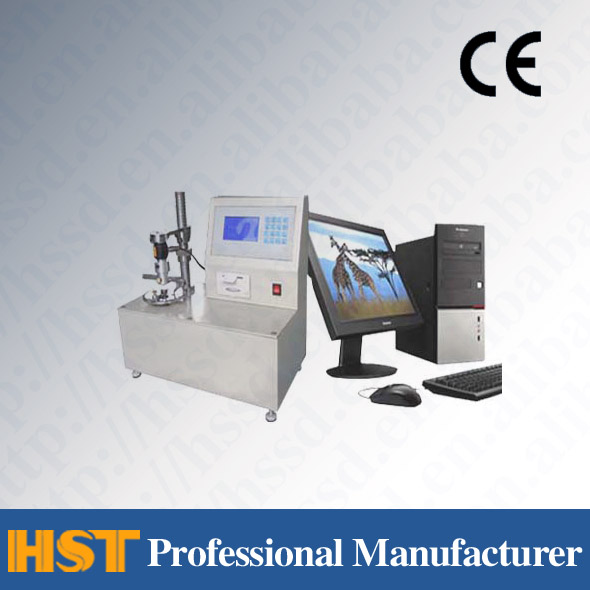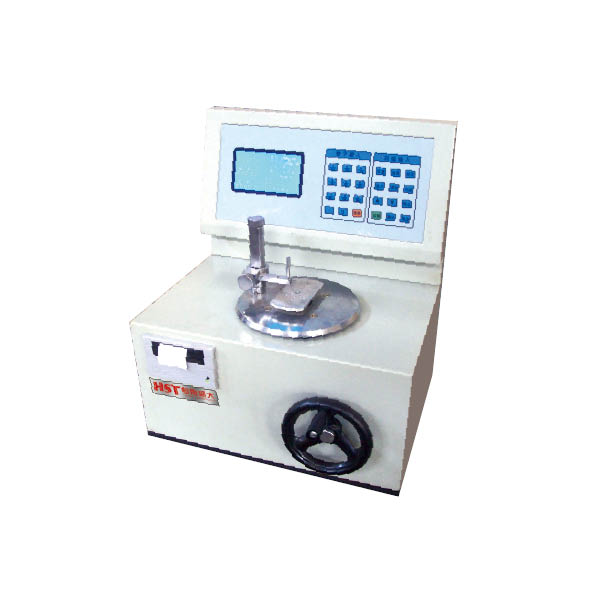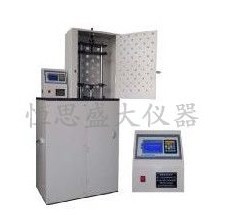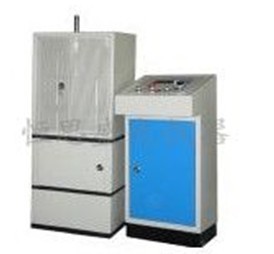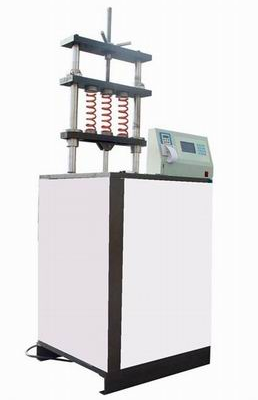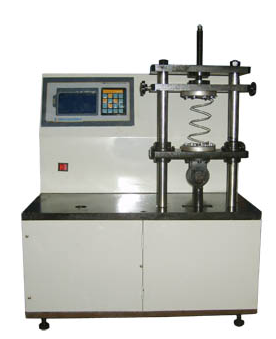Company News
Revealing the tips for selecting tension machine fixtures
Release time:2018-11-23 source:Jinan Hengsi Shanda Instrument Co., Ltd. Browse:
When using the tensioner,Tension machineA fixture is an indispensable part. When there are many types of fixtures, they can be roughly divided into: tensile fixtures, compression fixtures, bending fixtures, peel fixtures, shear fixtures, etc. Tensile fixtures account for about the majority of fixtures. Everyone knows that the tensioning machine clamps the two ends of the material sample on two fixtures at a certain distance. The two fixtures separate and stretch the sample at a certain speed to measure the stress changes on the sample until the sample is damaged. The sample is pressed by clamping the sample (or product) through the clamp. The amount of test force that the clamp can withstand is a very important indicator of the clamp. It determines the size of the fixture structure and the labor intensity of the fixture operation. The sample materials can be divided into metal and non-metallic, and the shapes can be divided into size. The composition of the materials is various. The test force that the sample can withstand is as small as a few dozen centimeters (such as spandex wire for textiles), to dozens of tons (such as ordinary steel, etc.; the domestic electronic universal testing machine test force is 600KN, 0.5-level machine), the sample size is as small as gold wire with a diameter of φ0.006mm, and to PVC pipe with a diameter of 1m. This requires the selection and design of different fixtures according to different test forces and the shape and size of the sample. Since tensile testing machines can measure the performance of a variety of products, due to the different structures and appearances of various samples, the special nature of the fixture structure is formed. For a fixture, it is sometimes difficult for us to determine which sample it is more suitable for. Hengsi ShandaTesting machineThe fixture manufacturer will analyze it carefully with everyone to better select the required fixture.
1. First, let’s talk about the characteristics of tensioner fixtures:
(1) The clamping is reliable and there is no slippage. (2) During the test, the sample breakpoint is good. The data is small discrete. (That is, the sample jaws, inside the jaws, parallel sections or outside the gauge distance) (3) Is the jaws easy to use and safe?
Second, there are several special situations that need to be paid attention to:
1. For materials with large deformation, it is difficult to hold due to excessive deformation, and the design of the fixture is also a difficult point.
2. For tests that need to be conducted in high temperature environments, the fixtures are also very high. They must be resistant to high temperatures, and do not deform, and have small volumes. Therefore, it is also difficult for ordinary test machine manufacturers to handle.
3. Due to the high hardness of the sample, the internal structure is relatively loose, the stress is uneven during the tensile test, and the jaws holding the sample are prone to wear, etc., the fixture has not been well solved. In the past, it was done by clamping aluminum foil, but it took four pieces of aluminum foil in one experiment, which was too much waste. Now, a tensile tester fixture is used to spray the cartilage, and the slipping problem has been solved, but the fracture position has never been ideal, and 10 samples can only succeed about half.
4. For large batch and high frequency tests, fully automatic clamping is generally used abroad, which is still a new topic for Jinan test machine manufacturers.
5. For the inspection of finished and semi-finished products, the fixtures required are diverse. How to meet customer requirements in a personalized manner is a challenge for all test machine manufacturers.
6. Commonly used fixture names include: universal universal fixture, wire tension fixture, rubber tension fixture, spring tension fixture, special fixture for sewing thread, terminal fixture, etc.
3. Also pay attention to the material of the fixture. The material requirements must meet the following standards:
①. For general metal and non-metallic specimens, the jaws of the fixtures are in direct contact with the specimens. Generally, high-quality alloy structural steel, alloy high-carbon steel (or low-carbon alloy steel), cold-work mold steel, etc. are used, and the application is increased through appropriate heat treatment processes (quenching, carburizing and quenching, etc.).In addition to its strength and wear resistance. Sometimes special steel is installed at the jaws, or gold and steel sand are sprayed on the surface of the jaws.
②. For some fixtures with small test force, the surface in which they come into contact with the sample is used to use soft rubber. (For example: the clamping surface of plastic film, fiber wire and other samples.)
③ The specific clamping is generally made of high-quality medium-carbon steel and alloy structural steel, and its mechanical properties are increased through appropriate heat treatment processes. Sometimes, non-ferrous metals such as aluminum alloys and special metals are used in order to reduce weight. Sometimes cast structures (cast steel, cast aluminum, etc.)
These are the issues you should pay attention to when choosing fixtures. As a test instrument manufacturer, we will encounter new materials every day and need to design new fixtures. Hengsi will continue to summarize past successful experiences to adapt to new development trends. Welcome to call for consultation and brief discussion on purchasing.
- Previous article:Instructions for use of tensile testing machine
- Next article:Test machine classification knowledge


















